If you’ve been looking for ways to use the Hamilton Musical in social studies class, you’ve come to the right place!
Hamilton is a musical that touches your soul AND brings dimension to our founding fathers (and mothers)!
Lin-Manuel Miranda certainly got it right when he wrote this amazing piece of stage art.
Your students probably run the gamut from I listen to Hamilton every morning on the way to school to I’ve never heard of it, so the best practice is to use excerpts, quotes, and short (clean) clips of the musical to build common knowledge.
The musical brings our Revolutionary and Early Government history to life while provoking questions and discussion among students and adults alike.
I watched a fascinating interview with the members of the original Broadway cast. One person said that it is important to note that there are a few historical inaccuracies in Hamilton BUT this musical inspires students to research history further on their own.
That’s what we want, right teachers?!?
So, how can we use the Hamilton Musical with our social studies classes?
I have seven ideas for you! Keep reading 🙂
If you’d like ideas, resources, and fun for upper elementary social studies/writing teachers delivered to your inbox weekly, simply enter your first name and email address below. No spam, promise!
Suggested Free Online Resource for Teachers
Definitely check out the free online Hamilton Education Program from the Gilder Lehrman Institute of American History.
The site is listed as 6th-12th grade, but many of the video clips and lessons are completely appropriate and engaging for 5th grade students. Be sure to preview all content before presenting it to your class 🙂
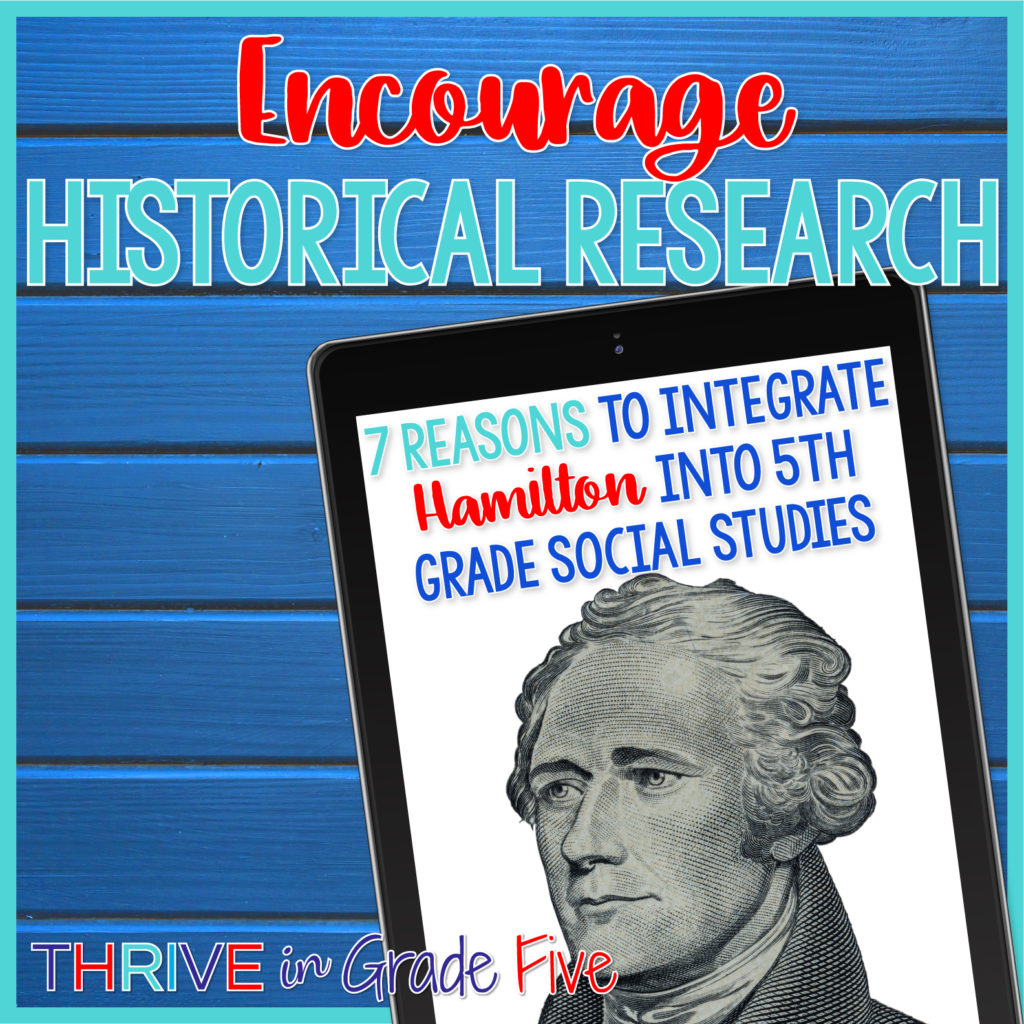
Encourage Historical Research
Did you know that Theodosia, Aaron Burr’s daughter, was lost at sea in her late twenties?
Have you heard of Aaron Burr’s later conspiracy to separate western states and the Louisiana Territory from the United States and his subsequent treason charge?
Have you considered how the tragic, untimely death of John Laurens affected American history? If Laurens had survived, he could have been a major influence in the abolitionist movement. Would the horror of slavery have ended earlier?
The fascinating individuals and events featured in the Hamilton Musical can spark students’ desire to learn more.
When a student asks me for more details/information on a person or event in Hamilton, I don’t simply provide the information and move on.
I encourage him/her to spend some time (on a kid-friendly search engine) looking for more information. My students are developing research skills! #teacherwin
If you are looking for a structured, high-engagement research project for your 5th graders, this post will show you exactly how I make my students into Expert Historians:
Expert Historians: Research Project & Presentation
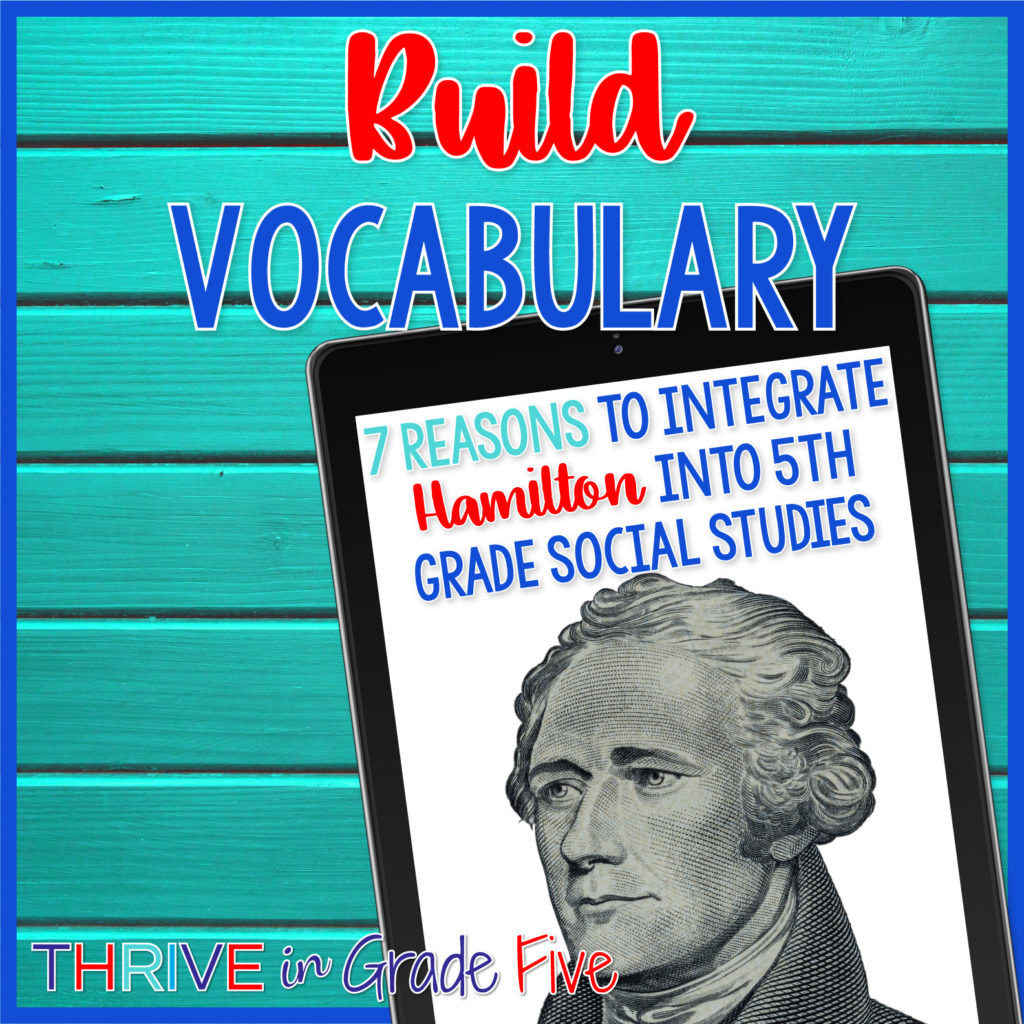
Build Vocabulary Using the Hamilton Musical
The Hamilton Musical is chock full of rich vocabulary.
A few teachers I’ve talked to said that they avoid using Hamilton in the classroom because of the adult themes and bad words.
Sure, those exist but I dare to say that there is nothing worse than what students see on primetime television.
Still, however, we must be careful with what we show in our upper elementary classrooms because every family has different standards and we don’t want to upset parents.
Higher-level words, like impoverished, squalor, manumission, abolitionist, surrender, and many more are sprinkled throughout the musical.
Before introducing a video clip or song to my students, I pull out the higher-level words and write them on the board for discussion.
I find that front-loading vocabulary helps with students’ comprehension.
Example: Hurricane
*Note – There is a line in this song where Hamilton says “I wrote my way out of hell.” I don’t think this one word disqualifies the entire song. I simply bring up the incredibly challenging environment in which Hamilton grew up and how he thought it was “hell.” It’s not meant as a curse word, so I think it’s fine and I haven’t had a problem but know your students and parents. If that one word will cause an uproar, don’t use this song!
Link to Hurricane – Housed on the official Hamilton Youtube Channel, so I think it’s safe to use 🙂
During this song, Hamilton discusses the challenges of his early life, including the death of his mother and the hurricane that destroyed his island town as a teenager.
He goes on to explain how he was able to come to America and how he used his pen to defend the Constitution, establish a financial system, and more. This is a touching song that gives us a view into Hamilton’s personality.
I don’t share that the “hurricane” he is referring to is his extramarital affair but there is plenty of meaning to gain from the song without knowing that particular tidbit.
Vocabulary to discuss before listening to the song:
ignorance, resistance, financial systems, existence, indifference, deliverance, honesty, legacy
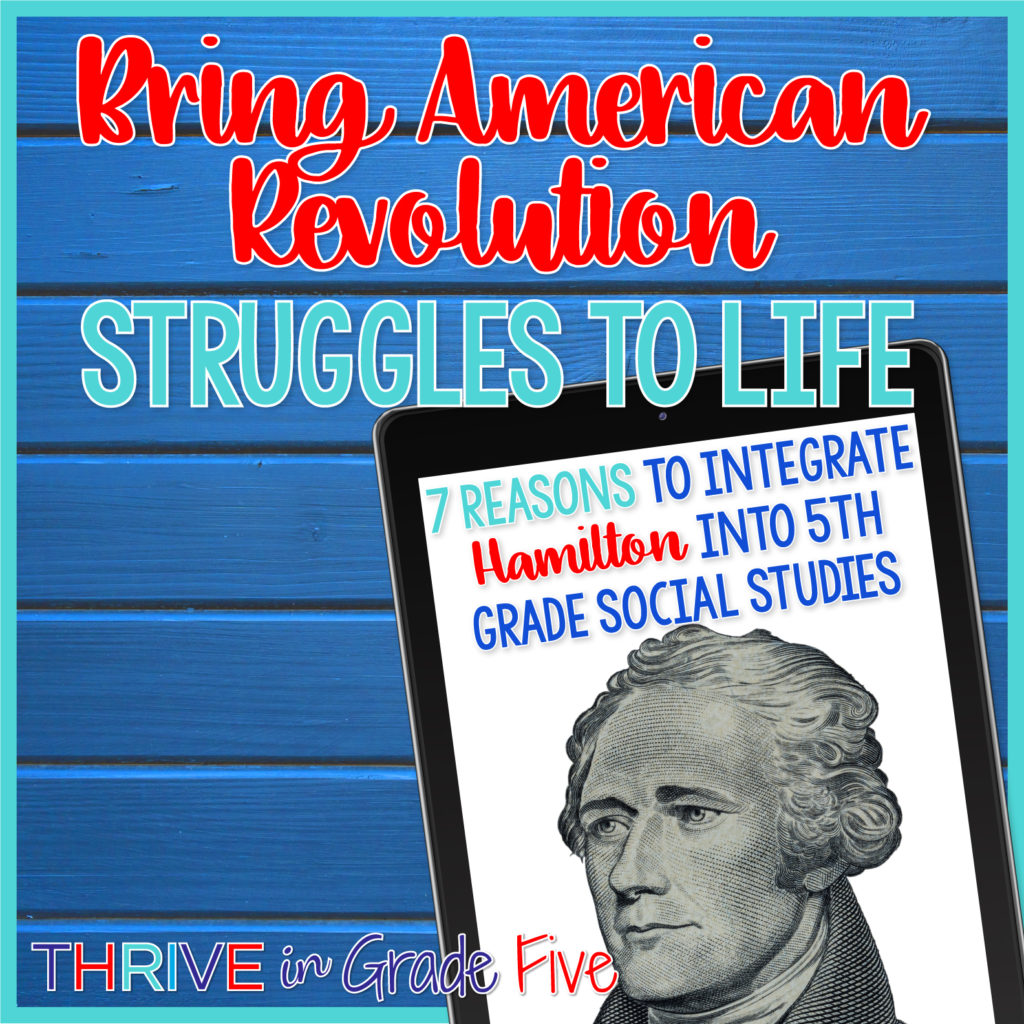
Hamilton Helps Bring the Struggles of the American Revolution to Life
It is so easy to romanticize the American Revolution, but truly, what the Continental Army went through was brutal.
Honestly, I don’t know how they survived and were successful. I can’t imagine facing the seemingly insurmountable challenges they dealt with daily.
Throughout the musical, struggles are mentioned, like soldiers being forced to eat horses, working with one-third of what Congress promised the Army, and more.
Example: Farmer Refuted
Link to Farmer Refuted – Housed on the official Hamilton Youtube Channel, so I think it’s safe to use 🙂
This song is so fun! Samuel Seabury, a staunch Loyalist, stands on a podium and proclaims that “Congress does not speak” for him. Hamilton argues with Seabury and counters with “The Revolution is coming… The have-nots are gonna win this.”
Did you know that Alexander Hamilton and Samuel Seabury were real-life rivals and often sparred with words? Seabury, an Episcopal bishop, was a major Loyalist in New York City and often drew the attention and criticism of the staunchly patriotic Alexander Hamilton.
I think the ideal place to use this song would be right after teaching about the Second Continental Congress and their Declaration of Independence.
It’s so important to make it clear to students that NOT every colonist favored independence.
There were many Loyalists and neutral colonists who did not support the Second Continental Congress and patriots.
This song contains one of my very favorite lines from the musical, “Why should a tiny island across the sea regulate the price of tea?”
This single line leads to such great discussions with and between my students.
Vocabulary to discuss before listening to the song:
rabble, chaos, unravel, eloquently, mange, modulate the key, regulate, divisive, indecisive,
Example: You’ll Be Back
Link to You’ll Be Back – Housed on the official Hamilton Youtube Channel, so I think it’s safe to use 🙂
In this song, King George III is frustrated because his “sweet, submissive subjects” are rejecting him and attempting to break away.
Be sure to discuss the Boston Tea Party mention. The King can’t seem to understand why his subjects would hurl their tea into the harbor.
I love the line, “I will send a fully armed battalion to remind you of my love!” What a great discussion point… Did the King really have the colonists’ best interest at heart or was he strictly focused on keeping his empire together?
If you can find and preview a clip of the original Broadway performance of Hamilton, this is a song you should show being performed.
Jonathan Groff does a fantastic job portraying a disgruntled King George III with his facial expressions.
Vocabulary to discuss before listening to the song:
hurl, estrangement, empires, battalion, draining, submissive
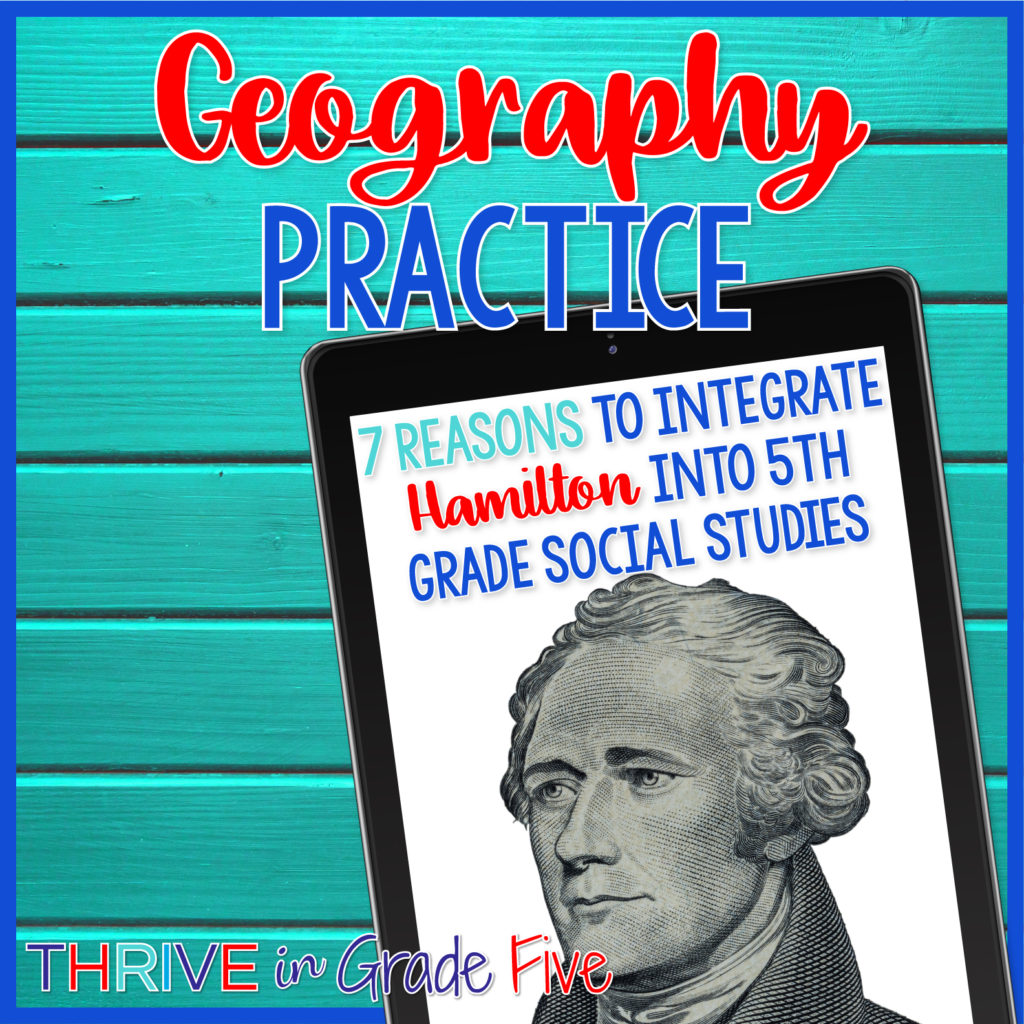
Geography Practice Using the Hamilton Musical
Using the Hamilton Musical in social studies class lends itself well to practice with geography because many locations are implied or directly mentioned.
Hamilton’s Birthplace – Caribbean Islands, Specifically the Island of Nevis
Manhattan, New York
Chesapeake Bay
Weehawken Dueling Grounds in New Jersey
Hudson River
I recommend having students use an atlas to locate specific locations from the musical. This will lead to a deeper understanding of Hamilton’s story and the history presented in the musical.
If you have student laptops or a technology board, why not use Google Earth to find each location on Earth?
My students always spend time later looking up locations on their own. It’s so much fun!

Use the Hamilton Musical to Bring George Washington’s Story to Life
George Washington has become an almost mythical hero but it’s important to remember that he was a real person with struggles and successes.
The Hamilton Musical does a great job portraying George Washington’s leadership during the American Revolution and Early Government Period.
Although there are many aspects of Washington’s leadership we could discuss using this musical, I choose to focus on Washington’s Farewell Address.
Example: One Last Time
Link to One Last Time – Housed on the official Hamilton Youtube Channel, so I think it’s safe to use 🙂
This song features George Washington’s Farewell Address.
The Address is quite extensive but only one well-chosen excerpt is used in this song.
Opening of One Last Time
The first thing I do is talk to students about the song’s opening, including the ongoing conflict between Thomas Jefferson and Alexander Hamilton. We also discuss Washington’s desire to leave the presidency.
Vocabulary to discuss before listening to the song’s opening:
resigned, pseudonym, address (speech), neutrality, partisan
Laying down power and walking away was truly groundbreaking in the 18th Century. This just didn’t happen.
Some were pushing to create a monarch position for George Washington, so for him to walk away after serving two terms was remarkable.
Washington set a precedent for all future American presidents to release their power peacefully and return to private life.
Farewell Address Excerpt in One Last Time
I type up the excerpt used in the song and we discuss its meaning line by line.
There is a great deal of vocabulary and higher-level words contained in the excerpt but students understand the meaning perfectly once explained.
One thing I want my students to take away from this excerpt is the incredible humility of George Washington.
If I were teaching high school or college, I would probably have students compare Washington’s Farewell Address with more recent farewell addresses, but alas, this would be far too political for upper elementary students.
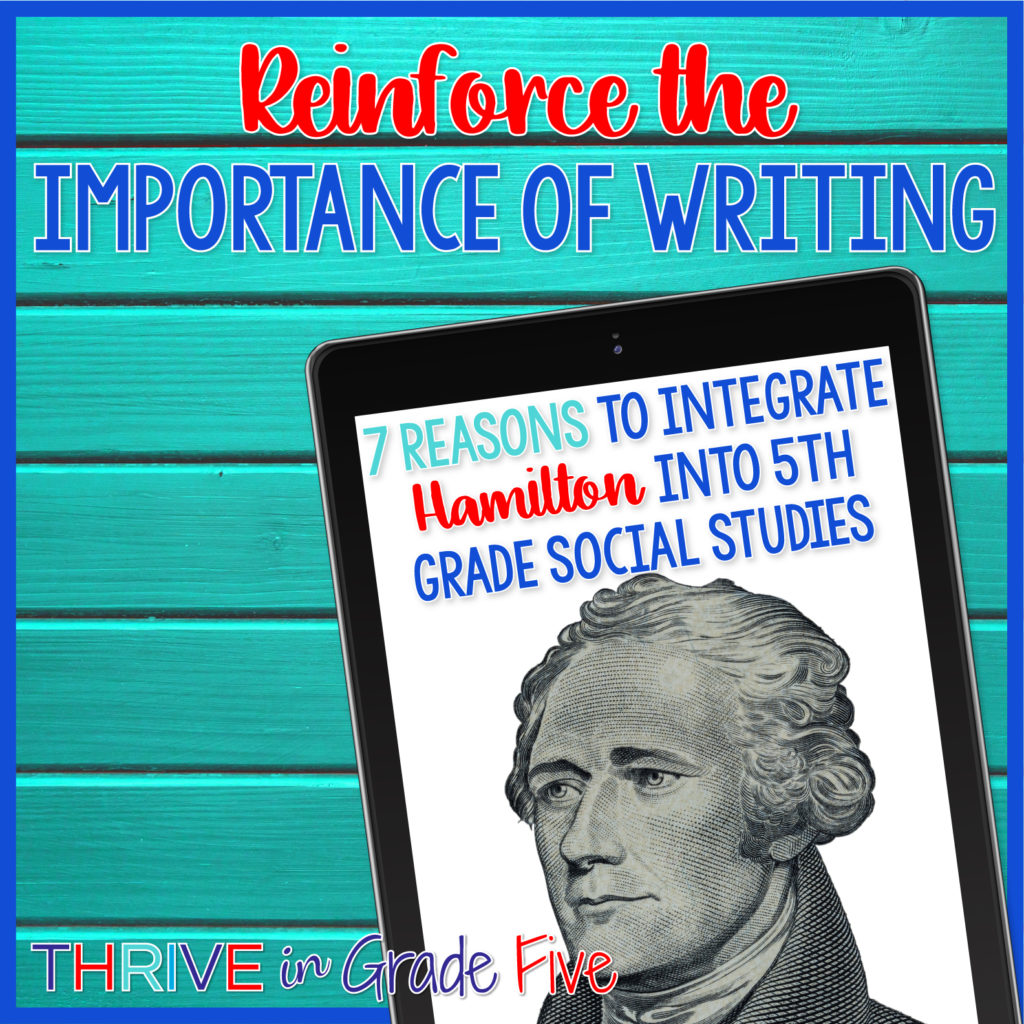
Reinforce the Importance of Writing
I could talk all day about how I teach 5th grade writing, but students need to understand the WHY behind writing class.
Hamilton provides an excellent place to start this discussion.
Writing letters as a method of formal communication happens quite a bit in the Hamilton Musical.
Of course, there was no internet, social media, or email back in the 18th Century, so written communication was crucial for passing messages, information, and keeping up with friends and family.
Let’s put down our tablets and computers every once in a while and actually write letters to each other! 🙂
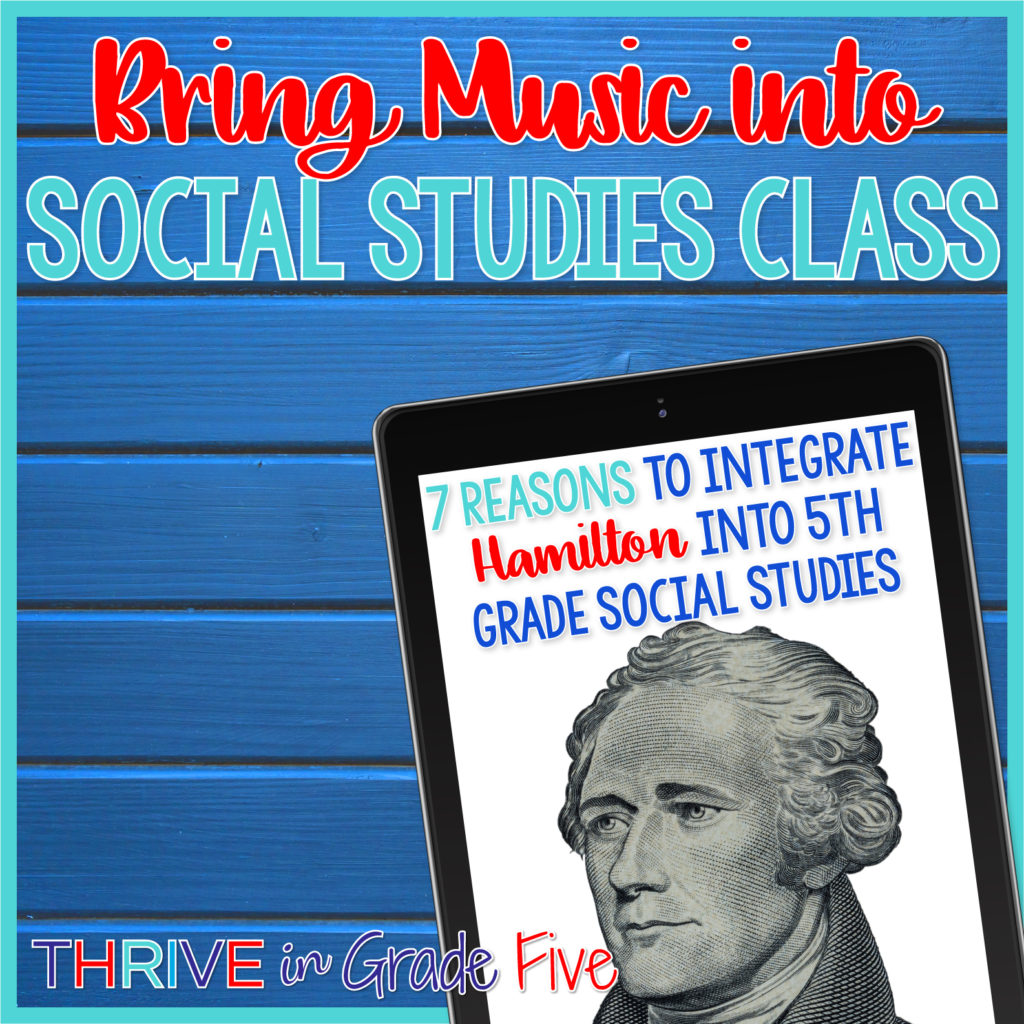
Bring Music into Social Studies Class
Yes, this seems super obvious.
But when I think back to myself as a brand new social studies teacher, I never thought to include music to enrich my students’ experiences with history.
Hamilton, of course, is a musical, so it is an excellent way to integrate music.
Keep in mind, though, that there are other amazing songs that go along with this time period and prove fascinating to students.
Definitely check out the following songs/music videos. They are engaging and will spark your students’ interest in history, guaranteed!
Soldier, Soldier, Will You Marry Me? – This one has a surprise ending 🙂
Rich Lady Over the Sea – Great illustration of the tea conflict
Recommended Read-Aloud Books
While using the Hamilton Musical in social studies class, there are opportunities for reading related books aloud to your students.
There are many excellent read-aloud picture books that support and extend the ideas from Hamilton. Here are my favorite four:
Final Thoughts
A recurrent theme throughout the musical is History has its eyes on you.
What about today? What will history think about us 100 years from now? 300 years from now?
What are we doing today that history will remember?
What do your students want history to remember about us?
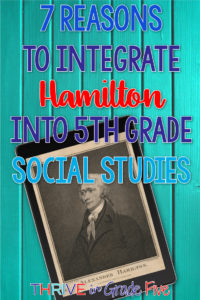
Want to keep this blog post for later? Simply save this image to your teacher Pinterest board!
* Please note that Thrive in Grade Five (Jenifer Bazzit) is a participant in the Amazon Services LLC Associates Program, an affiliate advertising program designed to provide a means for sites to earn advertising fees by advertising and linking to amazon.com. *

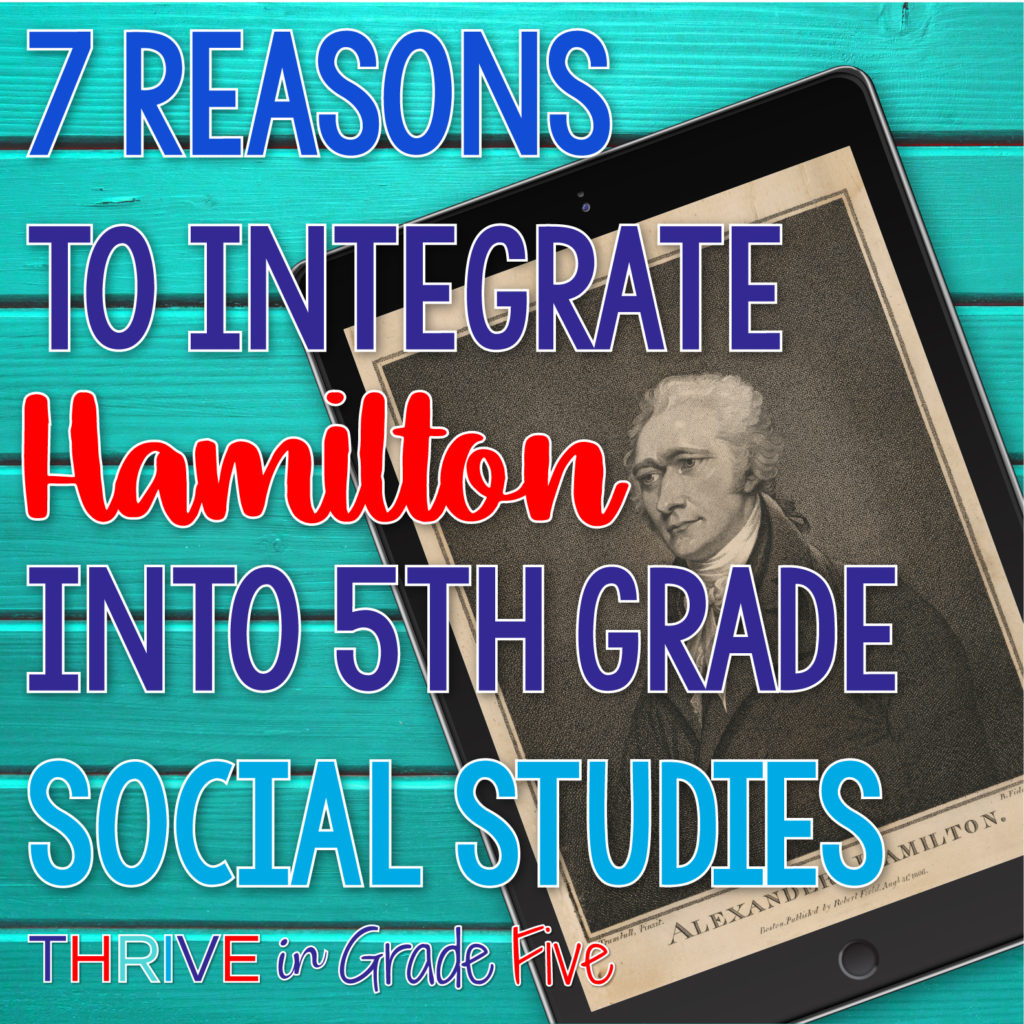
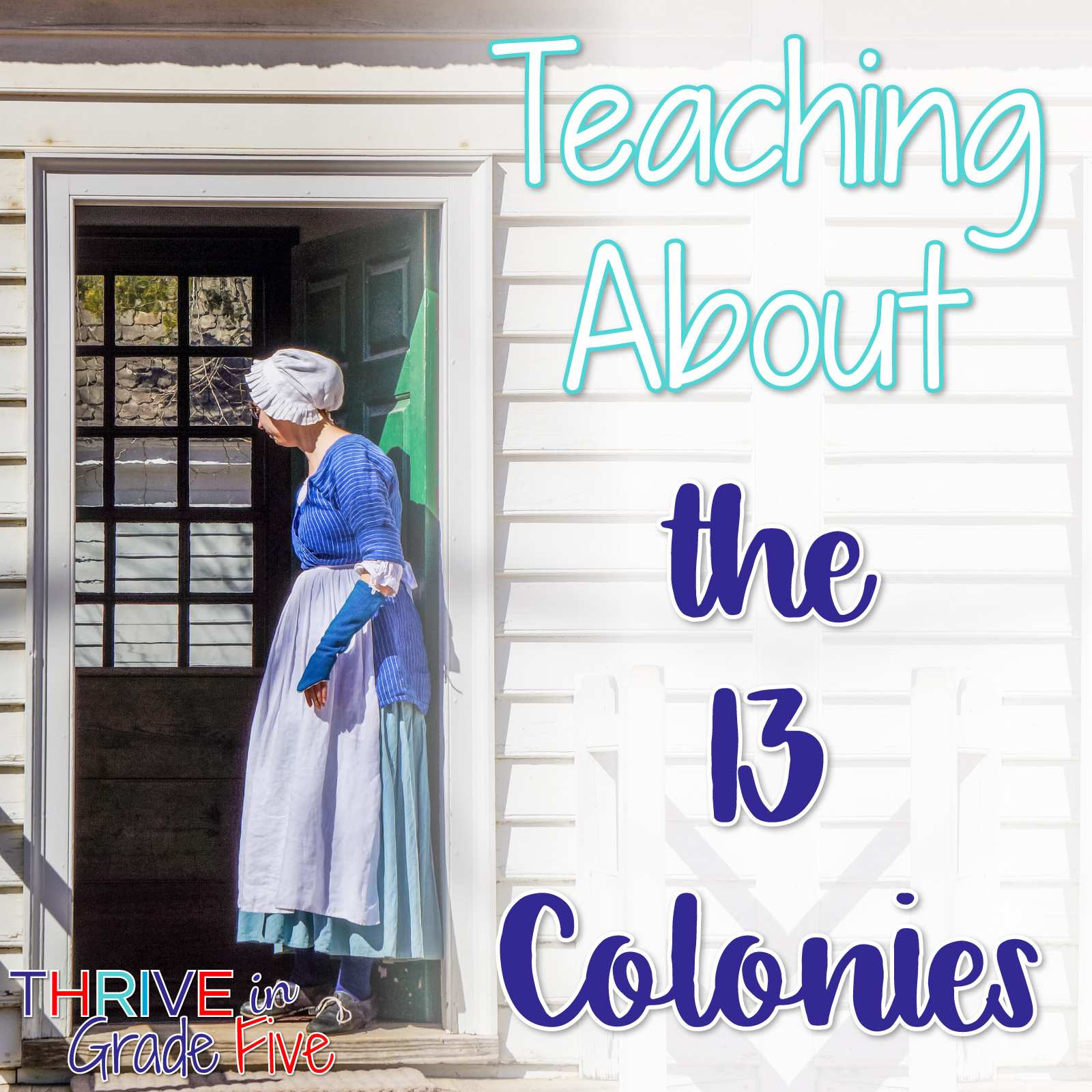

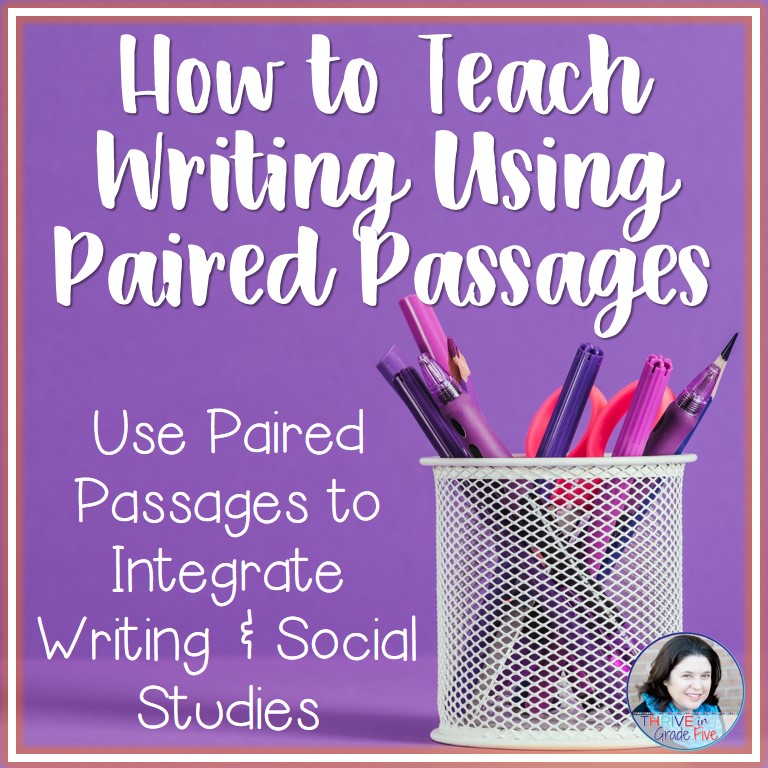
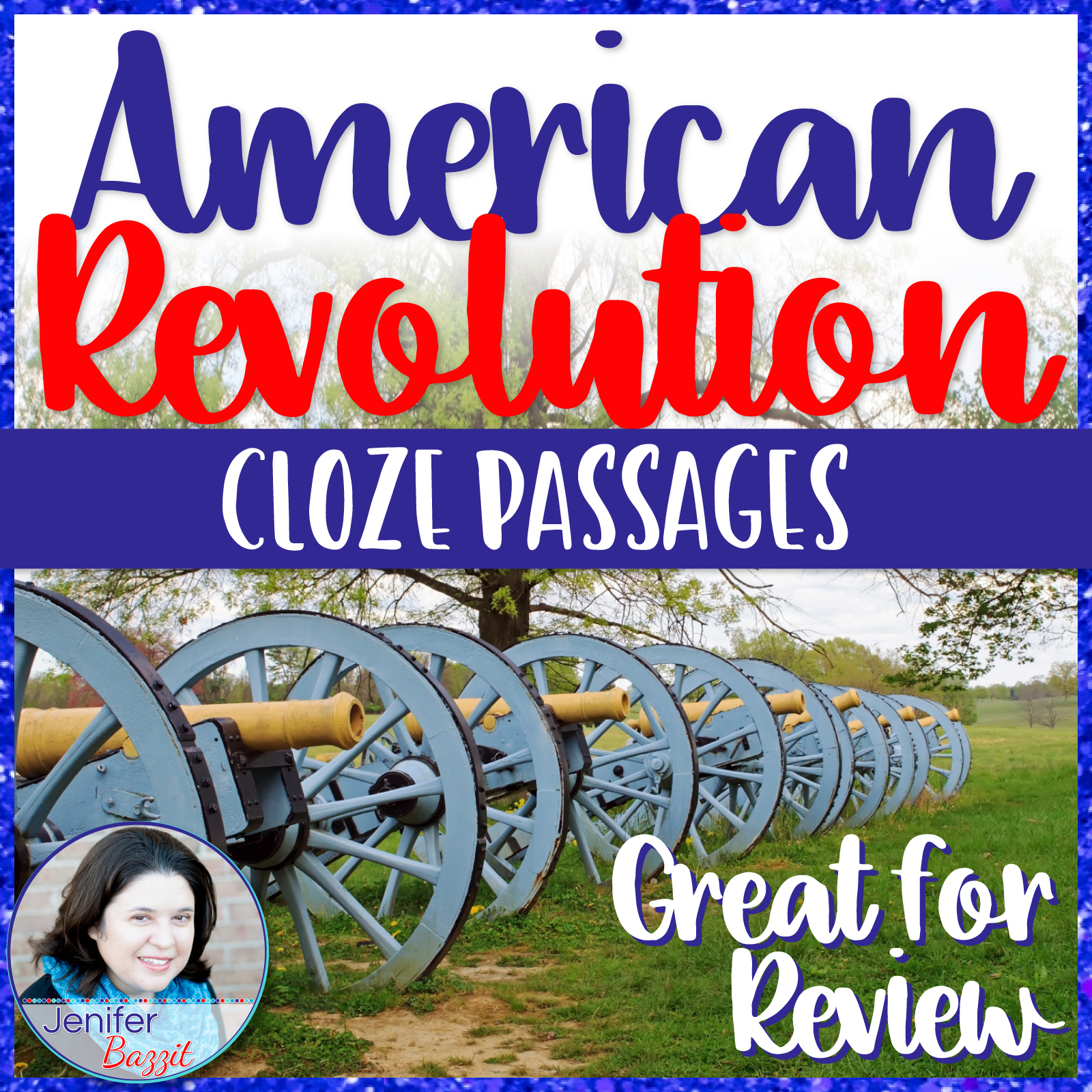
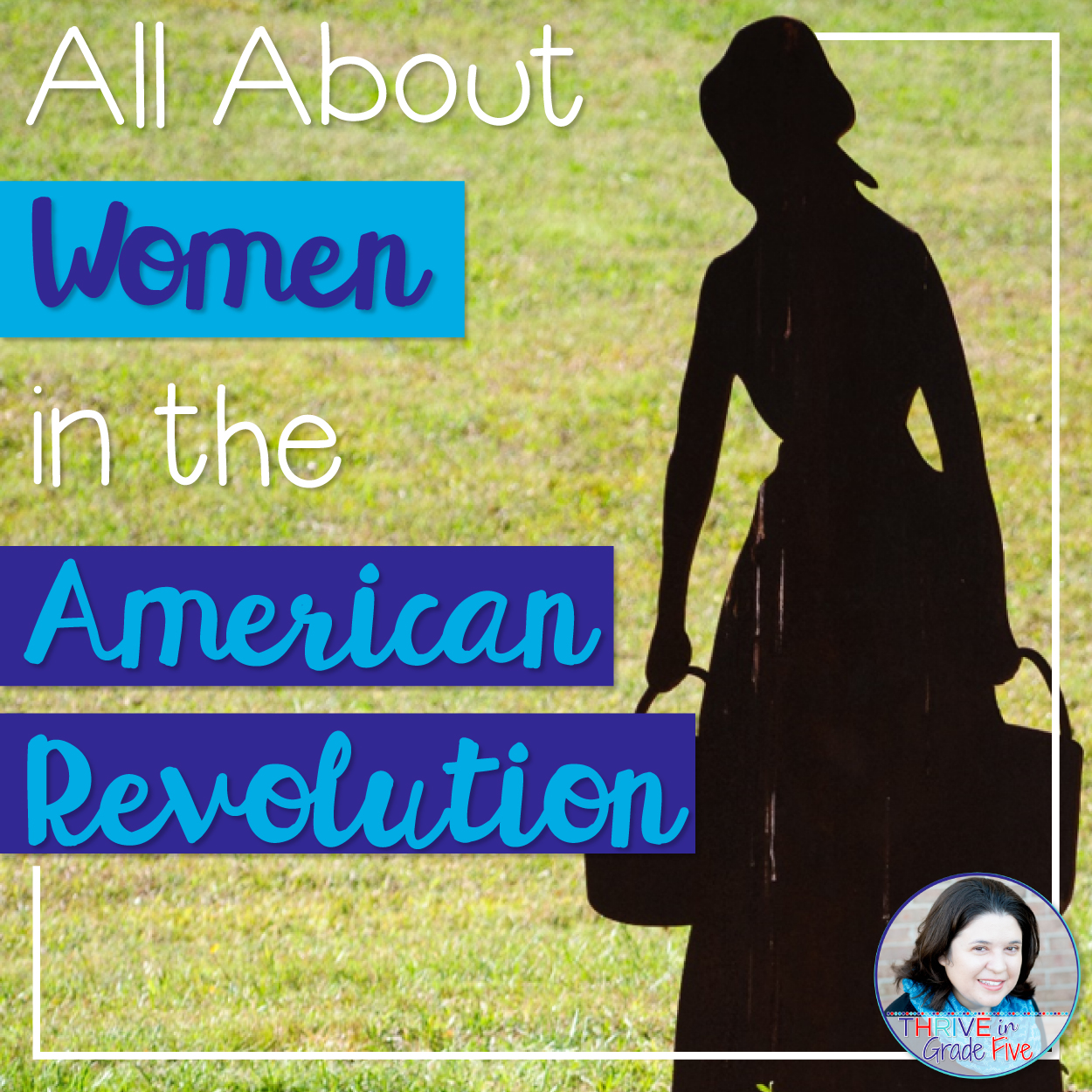
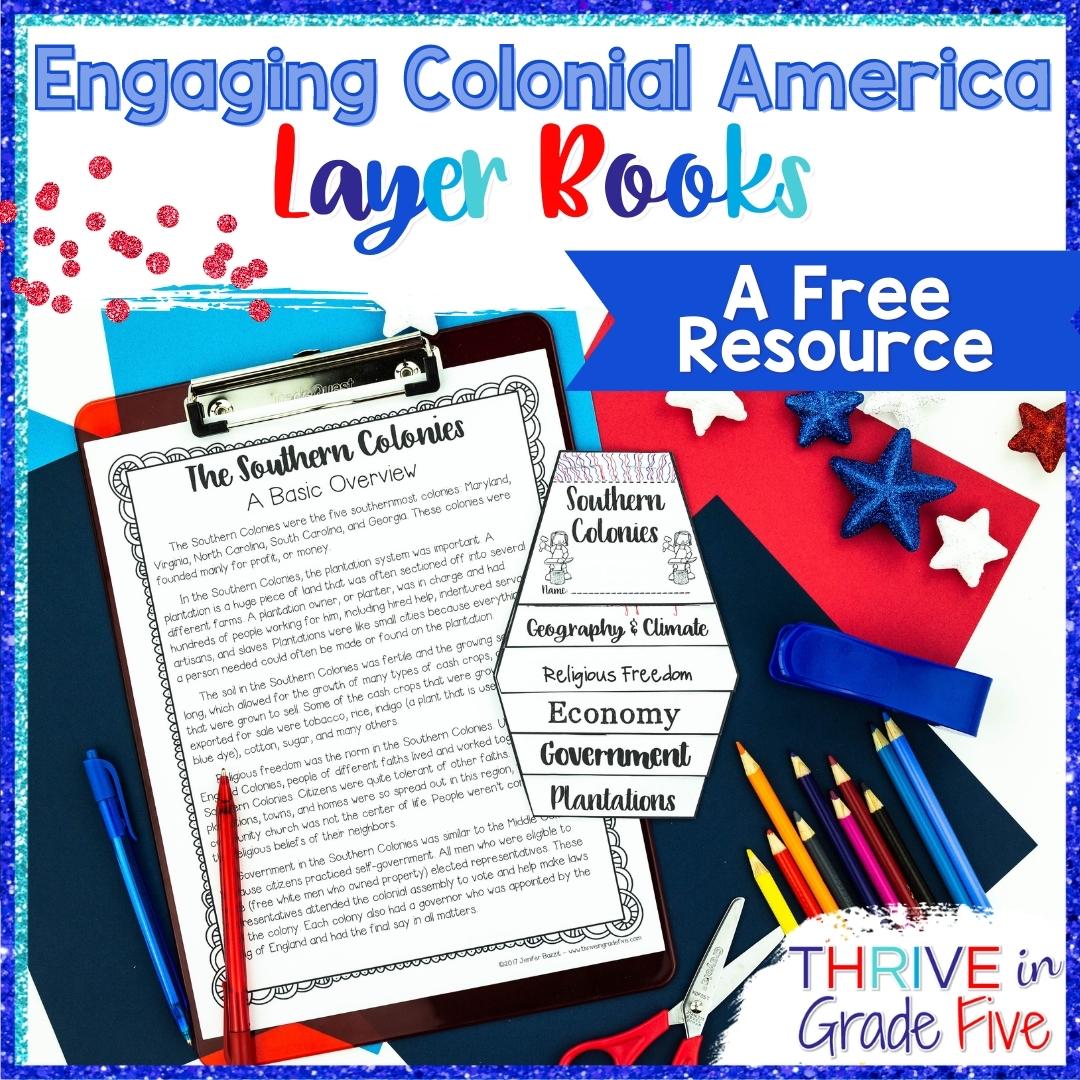
2 Comments
Wow You have really inspired me. I have taught the 6th gade for 10 years and when Hamilton came out I was so excited. But it was not a standard in 6th grade. This year I have a a combo class. Only plus, American Revolution ! Thank you for the awesome ideas.
You are very welcome, Rawnee! I’m so glad to help!